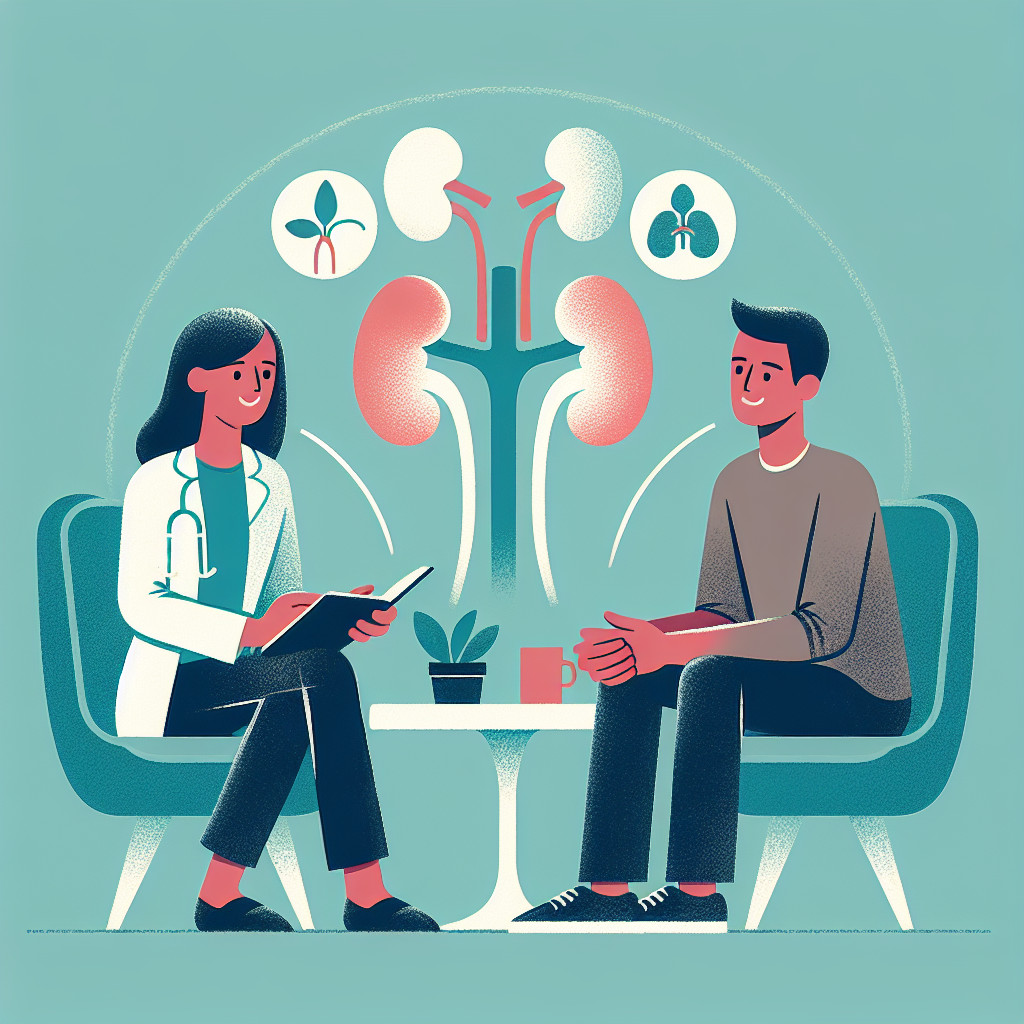Most Effective Treatments for Anal Fistulas Explained

Overview
An anal fistula is a small tunnel that forms between the end of the bowel and the skin near the anus. It often results from an infection in the anal glands, which can lead to an abscess. While it might sound alarming, it’s a fairly common issue, and many people experience it at some point in their lives. Understanding the treatments available can help ease concerns and guide those affected toward better health.
When it comes to treating anal fistulas, surgery is usually the most effective option. The goal of surgery is to close the fistula and allow the surrounding tissue to heal. There are a few different surgical methods, including fistulotomy, where the fistula is cut open to allow it to heal from the inside out, and seton placement, which involves placing a small piece of material through the fistula to help it drain while it heals. Each method has its own benefits and limitations. For example, a fistulotomy is often effective and straightforward but may not be suitable for all types of fistulas, especially those that are more complex.
People often wonder about the recovery process after surgery. It varies from person to person, but many report that they can return to normal activities within a few weeks. However, some may experience discomfort or pain during recovery. It’s important to follow any aftercare instructions provided by a healthcare professional, as this can significantly impact healing. Keeping the area clean and avoiding strenuous activities can help. Patients might also have questions about how soon they can return to work or exercise, and those answers typically depend on individual recovery and the nature of their job or physical activities.
Cost is another concern for many. The price of treatment can vary widely based on factors like the type of surgery, the healthcare provider, and whether or not a person has insurance. Some insurance plans may cover a significant portion of the costs, while others might not. It’s always a good idea to check with the insurance provider to get a clear understanding of what will be covered and what out-of-pocket expenses might be expected.
Many people also have questions about the risks associated with surgery. While most surgeries for anal fistulas are considered safe, there are potential complications, just like with any medical procedure. Some individuals may experience bleeding, infection, or issues with bowel control. Discussing these risks with a healthcare provider can help clarify what to expect and how to manage any concerns.
Another common question revolves around the likelihood of recurrence. Unfortunately, anal fistulas can sometimes come back after treatment. The chance of this happening often depends on the complexity of the fistula and whether it was fully healed during the first surgery. For those who experience recurrence, it’s crucial to consult with a clinician for further evaluation and possible treatment options.
Day-to-day life after treatment can also change. Many people find they need to make some adjustments to their hygiene routines, especially in the early recovery phase. Maintaining good hygiene is essential, and some may find it helpful to take warm baths or use specific wipes. However, it’s important to avoid any harsh soaps or irritants that could cause discomfort.
Some may also wonder about dietary changes post-surgery. While there is no one-size-fits-all diet, many find that eating a high-fiber diet can help prevent constipation, which is important for avoiding strain during bowel movements. Staying hydrated is also key to overall health and healing. Consulting with a clinician or a nutritionist can provide personalized advice on what dietary choices may be beneficial.
For those living with an anal fistula, it can be a frustrating and uncomfortable experience. Seeking treatment is a vital step toward relief and recovery. Many healthcare providers are experienced in treating this condition, and finding a trusted clinician can make a significant difference in the treatment journey. Whether through surgery or other methods, addressing the issue can lead to improved quality of life.
Ultimately, the path to recovery from an anal fistula involves a combination of effective treatment, proper aftercare, and open communication with healthcare providers. While it’s natural to have concerns and questions, being informed can help alleviate some of the anxiety associated with the condition. If you or someone you know is dealing with this issue, reaching out to a healthcare professional is the best way to explore the most suitable treatment options. It’s a step toward regaining comfort and health, and it’s one that many people have successfully navigated before.